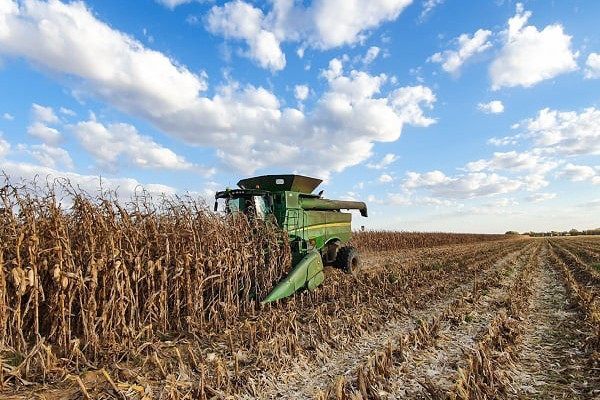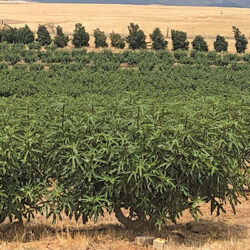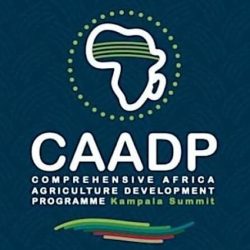Johannesburg: 2024 presented a mixed bag for South African agriculture. While the La Niña rains brought much-needed relief, their late arrival in some regions hampered planting and strained grazing resources. Despite these challenges, the sector is poised for a modest recovery in 2025, according to Wandile Sihlobo, Chief Economist of the Agricultural Business Chamber of South Africa (Agbiz).
“While we can expect a better year overall, the recovery may be less robust than initially anticipated,” says Sihlobo. “The late rains in certain regions, particularly in Mpumalanga, Limpopo, and parts of the Free State, significantly impacted planting timelines and put a strain on grazing land.”
However, the improved rainfall conditions and progress made in controlling animal diseases, such as foot-and-mouth disease, offer a glimmer of hope. “The successful resolution of the foot-and-mouth disease outbreak in several provinces is a significant milestone,” Sihlobo notes. “This opens the door to increased export opportunities and boosts confidence within the sector.”
2024: A Year of Challenges and Resilience
The past year presented several critical challenges for the sector. The delayed onset of the El Niño phenomenon, initially predicted for later in the season, severely impacted crop yields. A devastating mid-summer drought further exacerbated the situation, leading to a 23% decline in the summer grains and oilseeds harvest compared to the previous year.
“The impact of the drought was significant, resulting in tight grain supplies and a surge in commodity prices,” Sihlobo explains.
Animal diseases continued to plague the sector, with outbreaks of foot-and-mouth disease, African swine fever, and avian influenza impacting livestock and poultry production. These outbreaks not only caused significant economic losses but also disrupted trade flows.
Positive Developments
Despite the challenges, 2024 also witnessed several positive developments. Improved electricity supply, a critical factor for irrigation and processing, provided a much-needed boost to the sector. Moreover, continued collaboration between Transnet, private industry, and logistical organizations has ensured the smooth flow of agricultural products, contributing to a 4% increase in agricultural export value during the first three quarters of the year.
The commitment of the current government to the Agriculture and Agro-processing Master Plan has also provided much-needed stability and direction to the sector. This policy framework, embraced by all stakeholders, has laid the groundwork for sustainable growth and development.
Looking Ahead: A Year of Recovery and Opportunity
As South Africa enters 2025, the agricultural sector faces both challenges and opportunities. The focus will be on capitalizing on the improved rainfall conditions and continuing to strengthen biosecurity measures to prevent future disease outbreaks.
“The government must prioritize the opening of new export markets, improve the efficiency of logistics networks, and ensure the effective implementation of the Agriculture and Agro-processing Master Plan,” concludes Sihlobo. “By addressing these critical areas, South Africa can unlock the full potential of its agricultural sector and contribute significantly to economic growth and food security.”




